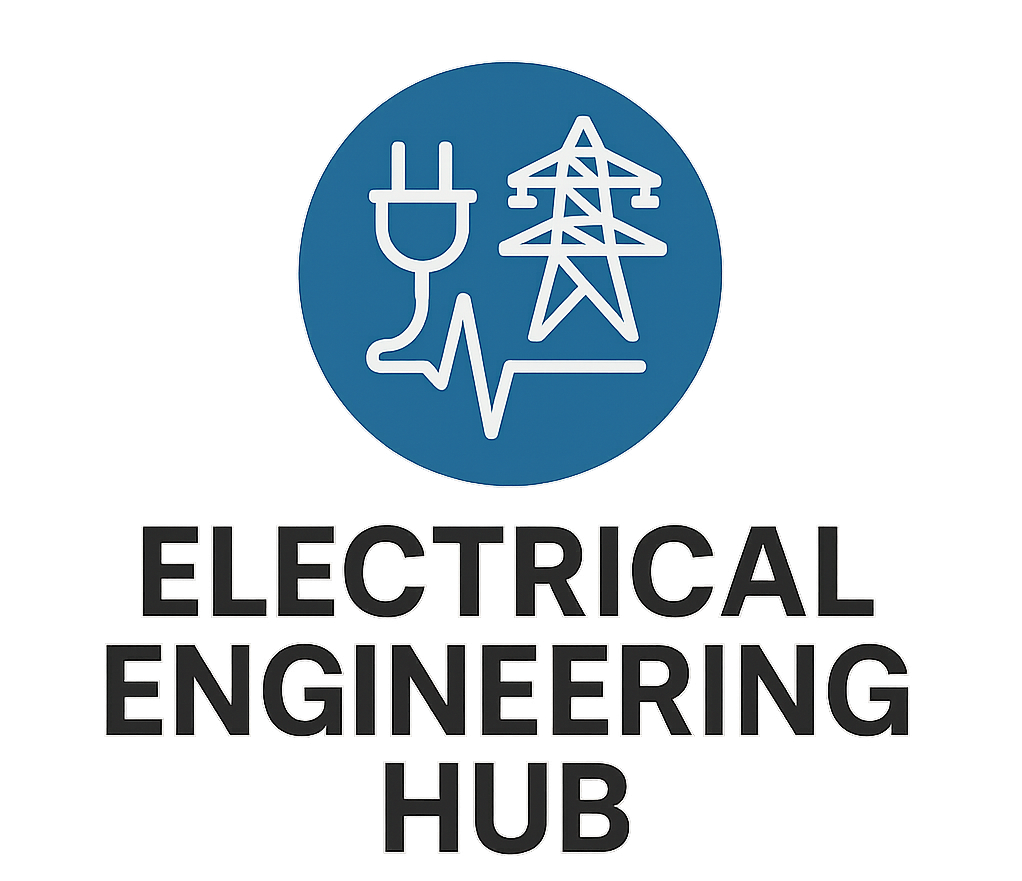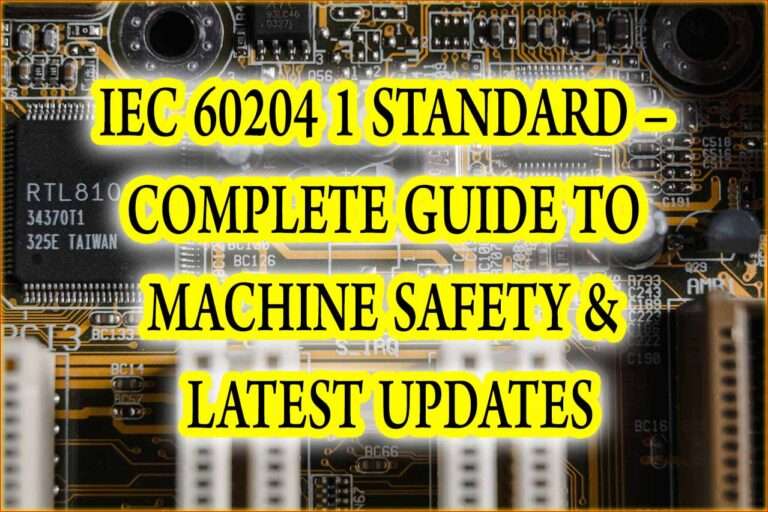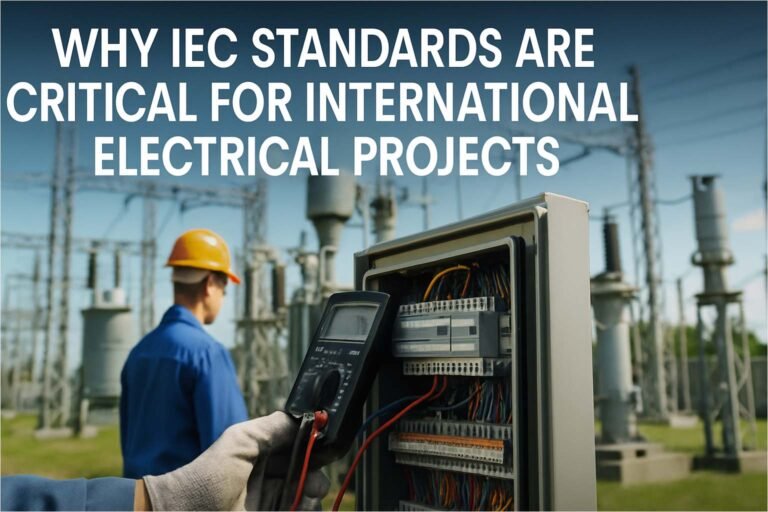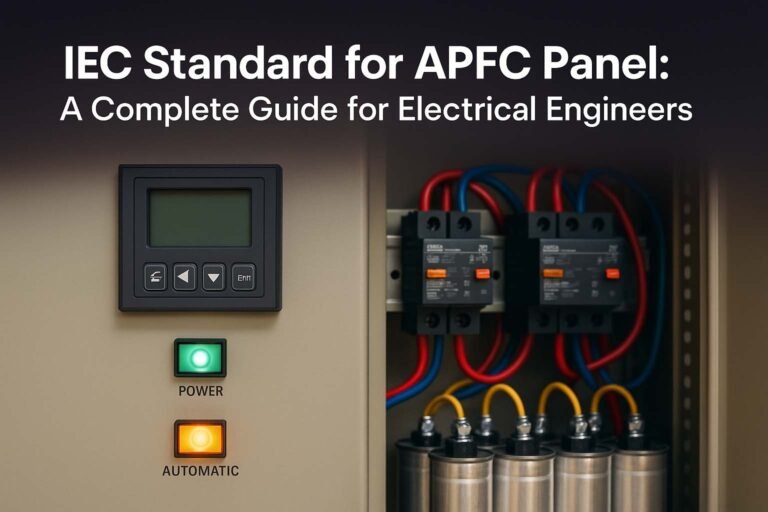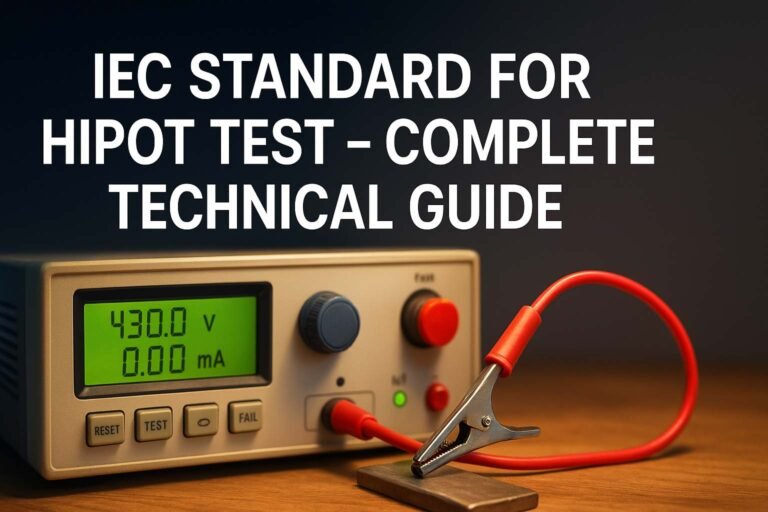IEC Standard for Battery Energy Storage System
Introduction to IEC Standard for Battery Energy Storage System
The global transition toward renewable energy demands reliable energy storage. Battery Energy Storage Systems (BESS) have emerged as a core technology in this shift. These systems help balance energy supply and demand, improve grid stability, and support decarbonization. To ensure their safe and effective use, the IEC standard for battery energy storage system plays a critical role.
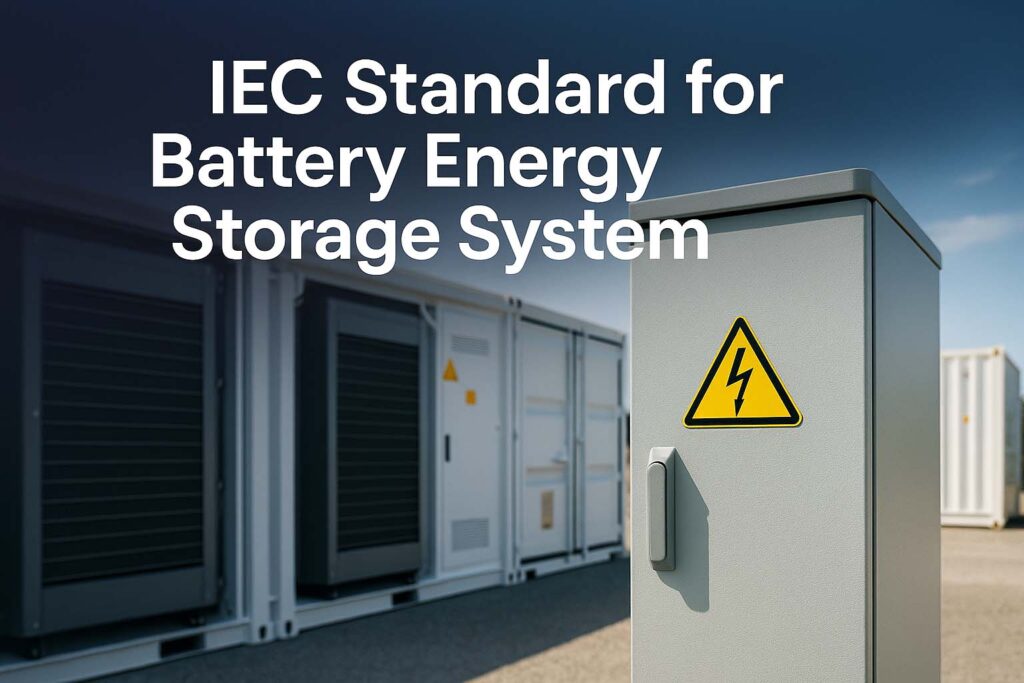
The International Electrotechnical Commission (IEC) develops globally recognized standards that ensure safety, reliability, and interoperability of electrical technologies. For BESS, IEC standards cover design, performance, testing, safety, and installation. In this article, we explore the essential IEC standards governing battery energy storage systems, their technical insights, and practical relevance to manufacturers, engineers, and installers.
Importance of IEC Standards for Battery Energy Storage System
The rapid deployment of battery storage systems in homes, industries, and utilities necessitates standardization. Without a unified framework, systems may fail, pose safety risks, or operate inefficiently.
The IEC standard for battery energy storage system provides benchmarks for:
- Electrical safety
- Performance consistency
- Environmental protection
- Interoperability across systems
- Fire prevention and management
By complying with IEC guidelines, stakeholders can minimize risk, reduce installation errors, and ensure the system’s compatibility with existing electrical infrastructure.
Know more about IEC Standard for Busbar Sizing
Key IEC Standards for Battery Energy Storage System
Several IEC standards apply directly or indirectly to BESS. Below is a breakdown of major applicable standards:
| IEC Standard | Title | Scope |
|---|---|---|
| IEC 62933-1-1 | Electrical energy storage systems – Part 1-1 | General specifications for all types of EESS |
| IEC 62933-2-1 | EESS – Part 2-1 | Unit parameters and testing methods |
| IEC 62933-3-1 | EESS – Part 3-1 | Planning and installation of BESS |
| IEC 62619 | Secondary lithium cells and batteries for industrial applications | Safety requirements |
| IEC 61000 series | Electromagnetic compatibility (EMC) | Ensures BESS does not emit harmful interference |
| IEC 61427 | Batteries for renewable energy systems | Performance testing and life-cycle expectations |
| IEC 62485 | Safety requirements for secondary batteries | Installation and operational safety |
| IEC 62109 | Safety of power converters for use in photovoltaic power systems | Applicable to hybrid BESS systems |
These standards collectively define how BESS should be designed, tested, and integrated.
Technical Insights into IEC Standard for Battery Energy Storage System
Design and General Requirements (IEC 62933-1-1)
This standard sets out basic definitions and technical criteria for all energy storage systems, including batteries. It includes:
- Nominal voltage and capacity classifications
- Definitions for power conversion systems
- Environmental and climate resistance ratings
For engineers, this helps define the basic envelope within which the BESS can operate safely and reliably.
Know more about IEC Standard for Air Circuit Breaker
Unit Testing and Performance (IEC 62933-2-1)
This section provides guidelines for testing the performance and durability of individual battery units. Key parameters include:
- Charge and discharge rates
- Round-trip efficiency
- Thermal management behavior
- Cycle life under various load profiles
Testing helps verify that the units meet manufacturer claims and will perform reliably over time.
Safety for Lithium Batteries (IEC 62619)
This standard is essential for lithium-based systems, the most commonly used chemistry in modern BESS. It covers:
- Short-circuit protection
- Overcharging safeguards
- Internal cell fault response
- Ventilation and thermal runaway control
Compliance ensures that industrial battery installations do not pose fire or explosion hazards.
Installation and Operation Guidelines (IEC 62933-3-1)
This standard offers a complete view of BESS deployment. It covers:
- Site selection criteria (ventilation, flooding risk, accessibility)
- Fire resistance and isolation procedures
- Interfacing with building electrical systems
- Monitoring and diagnostics
Proper installation under this standard reduces the risk of accidents and improves maintainability.
Know more about IEC Standard for Cable Lugs
Electromagnetic Compatibility (IEC 61000 Series)
Battery systems interact with other electronic devices. EMC compliance ensures:
- The BESS doesn’t interfere with other equipment
- It remains immune to external disturbances
This is especially important in hospitals, data centers, or grid applications.
Renewable Energy Systems Batteries (IEC 61427)
This standard defines performance evaluation for batteries used in solar and wind systems. It includes:
- Capacity fading
- Self-discharge
- Performance under partial state-of-charge (PSoC) conditions
It’s crucial for off-grid or hybrid systems that demand high resilience.
Application of IEC Standard for Battery Energy Storage System in Real World
BESS projects now range from home backup units to massive grid-scale storage. Let’s examine how IEC standards apply across different scenarios:
Residential Installations
For residential systems, compliance with IEC 62619 and IEC 62933-3-1 is vital. Homeowners must ensure that installers use certified components and follow proper layout practices. Battery enclosures must be properly ventilated, and monitoring systems should be included.
Know more about IEC Standard for Cable Tray
Commercial and Industrial Systems
In C&I applications, IEC 62933-2-1 and IEC 61000 become more important. These systems interact with generators, inverters, and building management systems. Ensuring EMC compliance avoids downtime and equipment malfunctions.
Utility-Scale Energy Storage
For utility-scale BESS, such as grid frequency support or peak shaving systems, adherence to the entire suite of IEC 62933 standards is required. Grid codes may even mandate compliance as part of the interconnection agreement.
Fire prevention and containment, often specified under IEC 62485, is crucial for large lithium-ion banks.
Challenges in Implementing IEC Standards
While IEC standards offer numerous benefits, implementation challenges include:
- Cost of compliance – Certification, testing, and audits can increase project costs.
- Rapid technology evolution – Standards sometimes lag behind innovations in battery chemistry or system design.
- Regional regulation mismatch – Some countries adopt IEC fully, others may blend it with local codes (e.g., NEC, UL).
Despite these hurdles, adherence provides long-term value through improved safety, lower insurance premiums, and legal protection.
Know more about Contact Resistance Test IEC Standard
Future of IEC Standard for Battery Energy Storage System
With the growth of electric vehicles, smart grids, and prosumer-based energy models, the role of IEC standard for battery energy storage system is evolving. Future standards may focus more on:
- Cybersecurity of BESS communication systems
- Integration with vehicle-to-grid (V2G) networks
- AI-based battery management systems
- Recycling and second-life battery usage
The IEC Technical Committee 120 is actively updating existing documents and drafting new ones to address emerging needs.
Conclusion
The IEC standard for battery energy storage system is the foundation for the safe and efficient growth of energy storage worldwide. By following these standards, stakeholders can ensure reliability, performance, and safety across all applications — from residential rooftops to national grid infrastructure.
Follow Us on Social:
Subscribe our Newsletter on Electrical Insights for latest updates from Electrical Engineering Hub
#IECStandard, #BatteryEnergyStorage, #EnergyStorageSystems, #BESS, #IECBatteryStandard, #GridStorage, #RenewableEnergy, #SmartGrid, #EnergyStorageSafety, #PowerQuality, #SustainableEnergy, #ElectricalStandards, #BatterySafety, #EnergyTech, #CleanEnergySolutions
